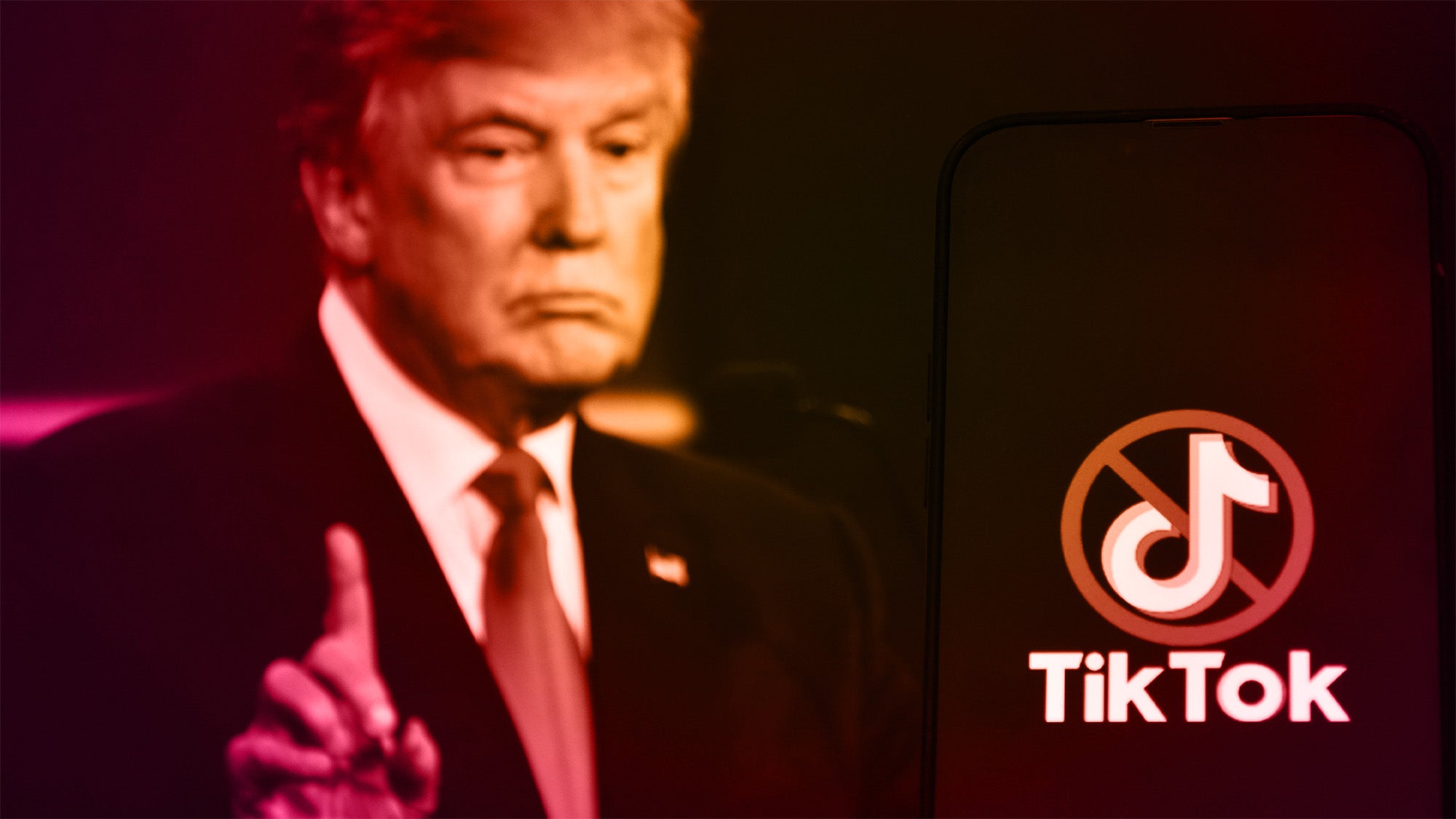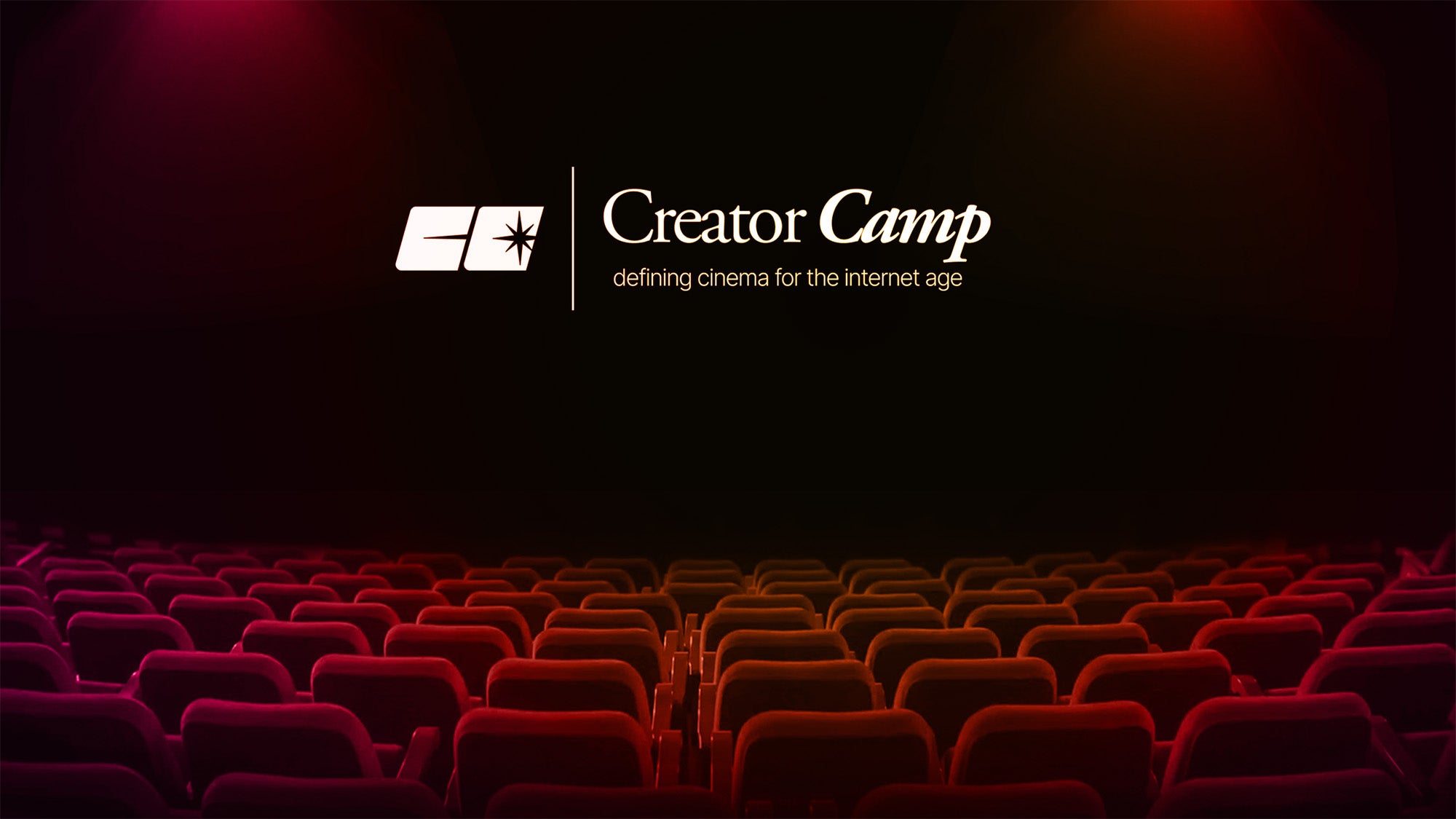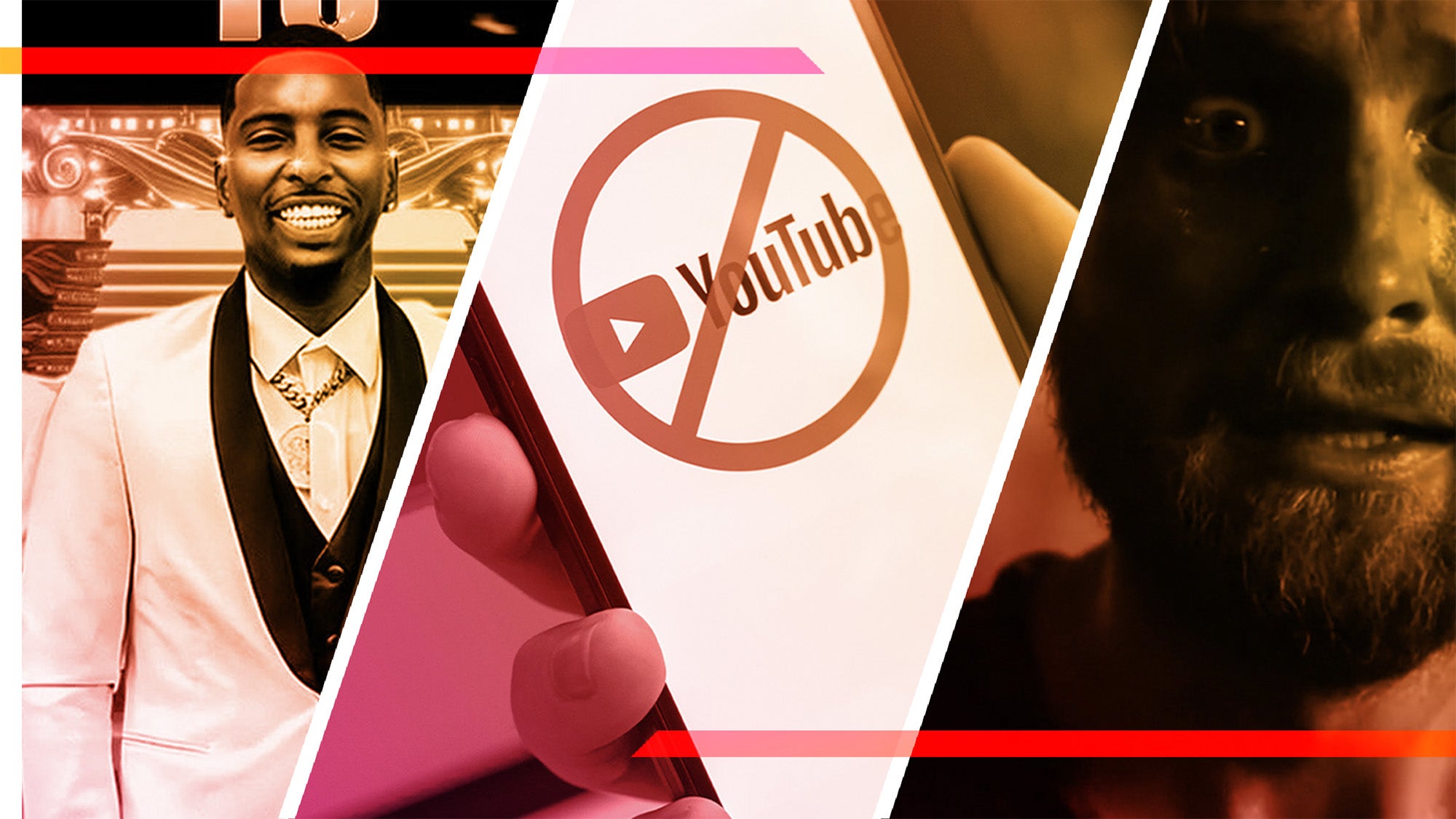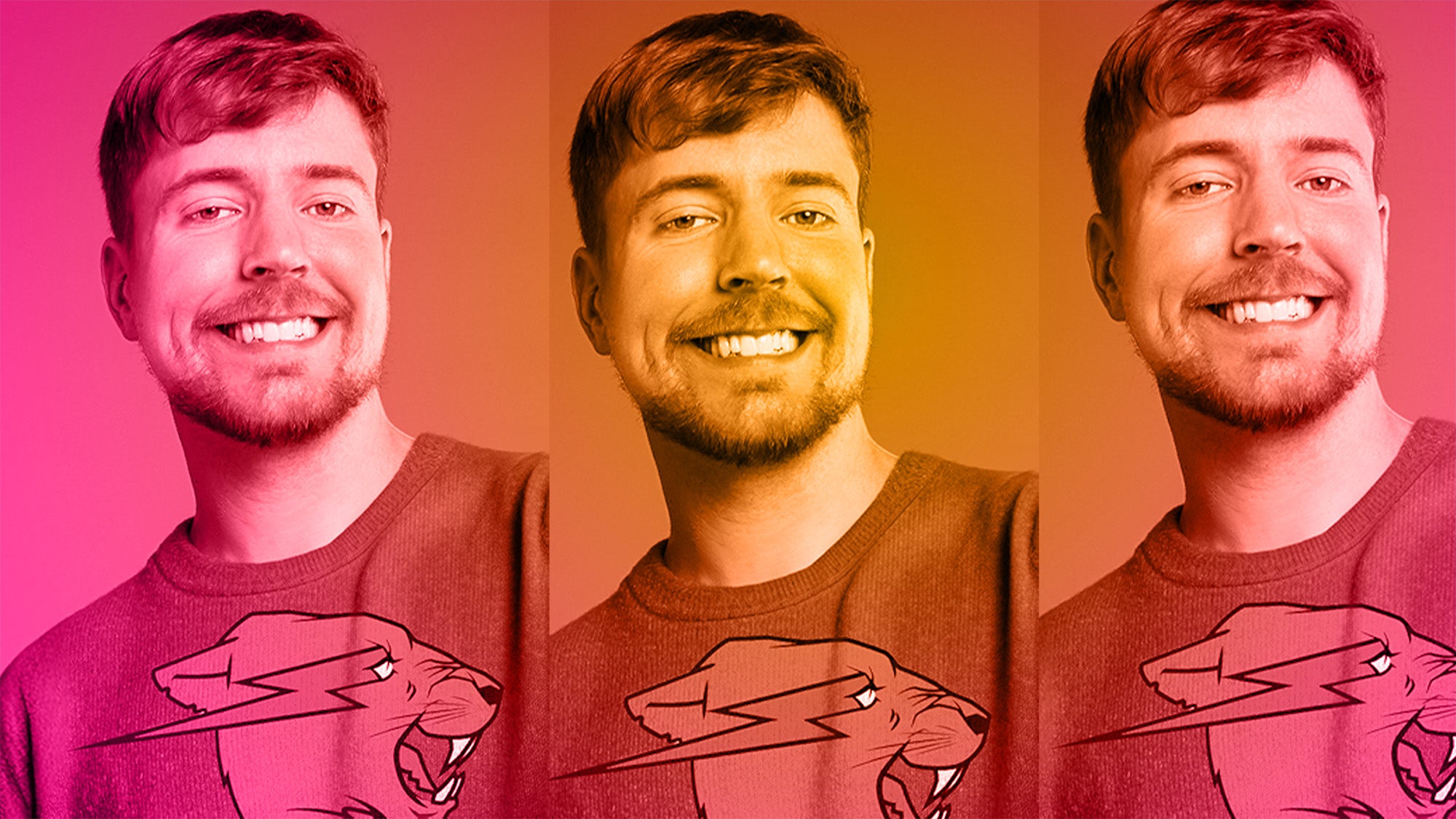
Up until recently, “going viral” on LinkedIn felt less like an achievement and more like a public embarrassment. The platform became a magnet for an endless stream of so-called “inspirational” stories, many of which were fabricated and designed to garner engagement. This trend became so pervasive that it sparked a backlash, giving rise to dedicated online communities lik r/LinkedInLunatics on Reddit and The State of LinkedIn X account — both designed to expose and lampoon these cringeworthy posts. The prevailing sentiment was clear: viral content on LinkedIn was, almost by definition, something to be avoided.
But now, LinkedIn is entering a new era. Earlier this month, the platform announced its BrandLink program, which connects marketers and brands with LinkedIn’s “thought leaders.” Which is just a fancy way of saying LinkedIn creators. The announcement of the program is the first time that LinkedIn has decided to share its revenue with creators. And according to Sam Corran Clanon, LinkedIn’s new Director of Product, this is just the start.
“Since its inception, professionals have always come to LinkedIn to share and find work-related content, develop new skills, and build their networks,” he explains.
According to Clanon, there’s been a shift in the past few years: namely that as the creator economy has “taken off,” LinkedIn has become the “go-to destination for career and knowledge content beyond job searching.”
Now, as it orbits the creator economy, Clanon describes LinkedIn as “a place where professionals can develop and showcase their expertise, as well as build brands and businesses.”
The landscape has clearly shifted. For instance, B2B influencer agency Creator Match generated 80% of its lifetime revenue and paid out $1 million to LinkedIn creators in just the past few months, according to Digiday. It also paid out $1 million to LinkedIn creators during that period. And LinkedIn influencer agency Creator Authority projected a 300%-400% year-on-year growth on LinkedIn.
LinkedIn’s shift towards becoming a more lucrative creator platform has spurred significant investment in new creator tools, according to Clanon. These include a revamped, vertical “video experience,” newsletters, and enhanced analytics.
But what is it that makes LinkedIn so special?
For Clanon, it’s the network the platform provides. “A simple comment can connect you with a CEO, and a video post may just end up in the feed of your next brand sponsor,” he says.
“The content that finds the most success on LinkedIn combines authenticity with substance,” he adds. “It allows others to learn from and connect with you. For creators, the possibility is massive, to connect with executives and sponsors, as well as to build a large and engaged audience for your profile, brand, or business.”
Clanon emphasizes that LinkedIn is “constantly working to improve the creation experience.” This commitment is evident in the platform’s video engagement trends, where video consumption has risen 36% year-on-year, and video creation is growing at twice the rate of other content formats.
In response to these significant shifts, LinkedIn has introduced a wide array of new video tools designed to support creators. These include analytics on “average watch time” and a vertical video feed that mirrors the familiar experiences of other popular platforms.
“What’s truly special about LinkedIn is anyone can create and share their knowledge, insights, and experiences on the platform,” Clanon says. “It goes beyond just tech influencers—we have nurses sharing posts detailing how they overcome challenges at work, fashion designers giving an inside look into the manufacturing process, athletes launching businesses on LinkedIn post-retirement, and so much more.”




